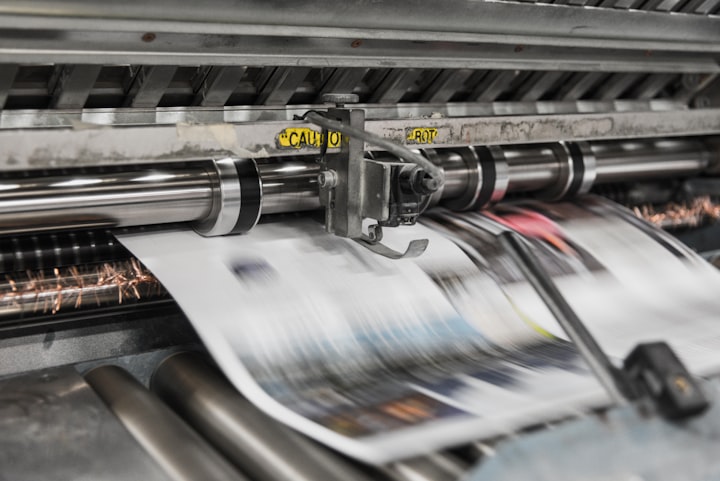
Sublimation is a style of printing in which heat transfers the dye from the paper into a special paint that's applied to whatever you're printing. In this case, it's used on things like plastic or metal items such as mugs, cutting boards and phone cases.
You can even print sublimation onto fabric and place it on things like t-shirts! According to bestsublimationsprinter.com the sublimation printing process makes for brilliant, vibrant colors and an incredibly detailed image.
A sublimated print is a dye that goes through sublimation. This means the sublimated ink/dye changes from a solid to a gas without going through the liquid state. This is why sublimation printing can be used on fabric and similar items.
Sublimation printing produces vibrant, detailed images that are resistant to fading due to sublimation. Sublimation applied to paper or cardboard will result in a different look than sublimated onto plastic or skin. So sublimation is sublimating sublimation!
Sublimated printing is all done by either heat or pressure. There are sublimation printers that work with both laser heat sublimation and sublimation presses. This process ensures your sublimated item looks just like the image you sent it.
Since sublimation ink goes through sublimation when it's printed onto the item it's used on; sublimated prints are very durable. The sublimation dye also ensures that your sublimated image won't fade over time.
5 Steps to Sublimation Printing
1. Get the right print: Too often, people want sublimation printed and then get frustrated when they can't get it to work or don't understand why you can't just sublimate anything. Find someone who knows their stuff and has a good reputation.
2. Find the right sublimation printer: This is similar to the above, but it's even more important. Many sublimators use sublimation paper designed for inkjets and sublimate onto transfer paper. But, again, this isn't suitable for all projects, so ask your sublimator what they recommend - if you can find one who uses sublimation paper specifically for sublimation, all the better.
It's not that sublimation ink for sublimation paper (like subliJet) is necessarily better than sublimatees designed for inkjets (like subliHeat); it's just easier to print with because it stays where you put it and doesn't run.
3. Get the right sublimation inks: If you're sublimating directly onto plastic, like a pen body or cell phone case, sublimates designed for inkjets (like subliHeat) are fine, but if your design is going onto fabric, the sublimated paper specifically designed for sublimation (like subliJet) is a much better choice, since sublimatee designed for inkjets takes quite a while to dry and is prone to smudging.
4. Use the right heat: The most common sublimation mistake is using too low a temperature, either on the iron or on the sublimation session. The sublimation should be about 205 degrees Fahrenheit (hotter than sublimating onto fabric, which can melt). In addition, the sublimator iron should be set to 410 degrees F (warmer than sublimating onto fabric, which can burn it).
5. Know when to use sublimation: Sublimation is a great way to put sublimated onto things that sublimating directly onto would be impractical, like a pen body or cell phone case, but it's not going to work on everything. For example, textiles, such as t-shirts and mugs (especially dark colors) sublimate quite well; less so on textiles like fleece and certainly not on non-textile substrates like paper or wood.
Conclusion
So there you have it! 5 steps to sublimation printing. If this is your first time sublimating - it can be a pretty intimidating process for beginners. Do you have any advice? Please share





Comments
There are no comments for this story
Be the first to respond and start the conversation.